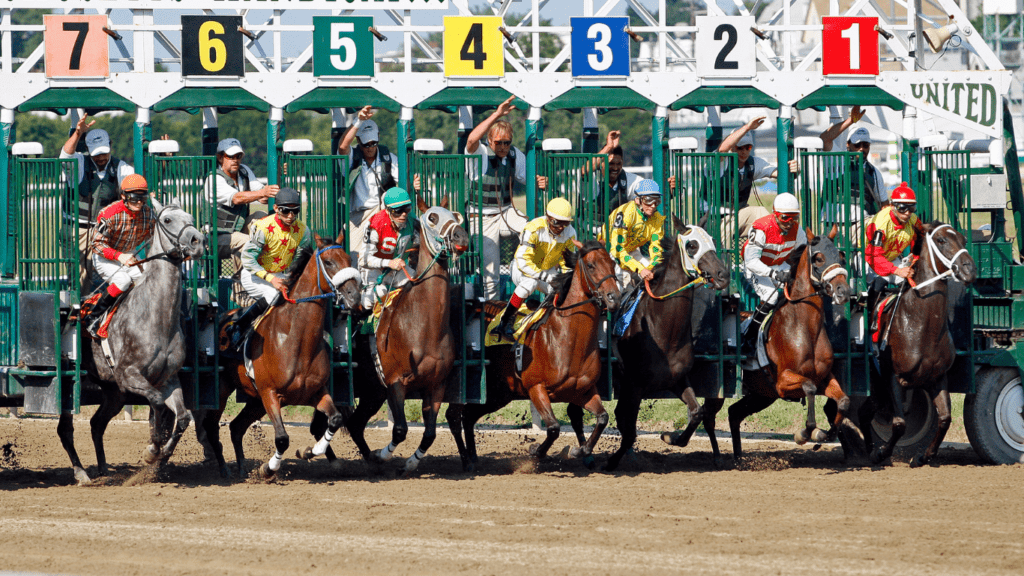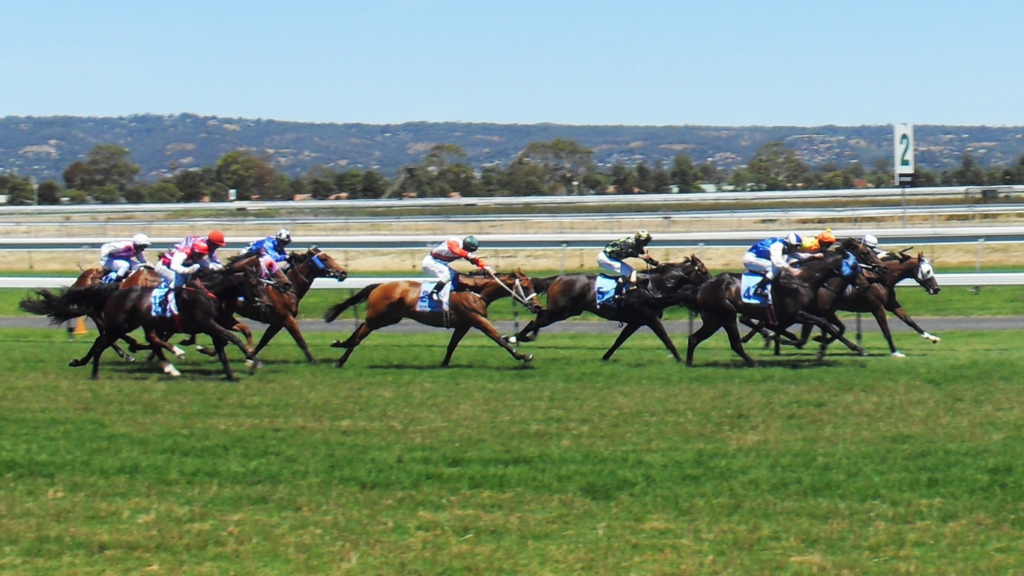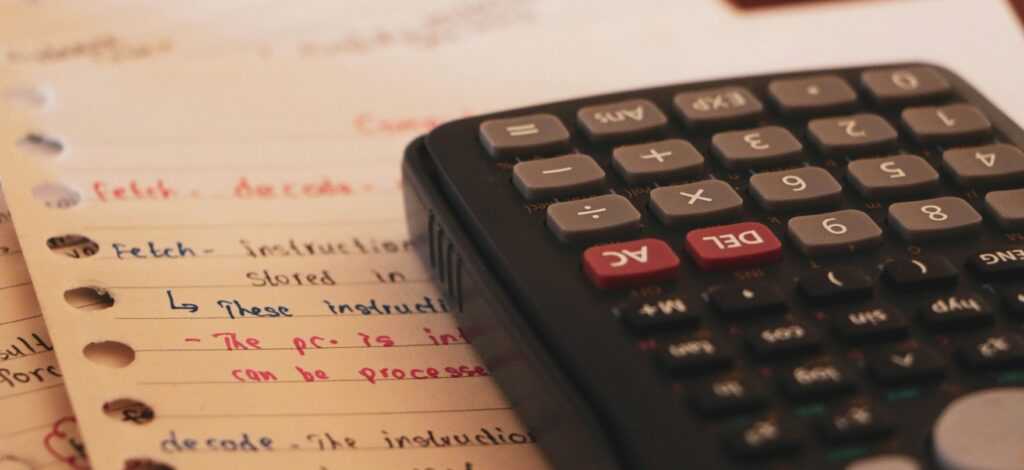Entering the world of sports betting can be both thrilling and intimidating, especially when faced with a wall of numbers and symbols that make up the betting odds. Understanding how to read and interpret these odds is crucial for anyone looking to place informed bets and potentially turn a profit. In this article, I’ll guide you through the basics of deciphering sports betting odds, empowering you to make smarter betting decisions.
Whether you’re a seasoned bettor or a newcomer to the betting scene, grasping the language of odds is the first step towards becoming a more confident and strategic bettor. By the end of this article, you’ll feel more comfortable navigating odds boards and understanding the implied probabilities behind them. Let’s dive into the world of sports betting odds and unlock the key to making informed bets that align with your betting strategy.
Explaining Sports Betting Odds
Understanding sports betting odds is crucial for successful betting. Whether you’re a seasoned bettor or new to the world of sports wagering, grasping the language of odds is essential. It empowers me to navigate odds boards confidently, enabling me to decipher the implied probabilities and make strategic bets aligned with my betting strategy.
Understanding Different Types of Odds
When it comes to sports betting, there are various types of odds that bettors encounter. Understanding these different formats is crucial for making informed betting decisions. Let’s delve into the primary types of odds: Fractional Odds, Decimal Odds, and Moneyline Odds.
Fractional Odds
Fractional odds, also known as traditional or British odds, are commonly used in the UK. They are presented as fractions, such as 2/1, where the first number represents the potential profit if you bet the second number. For example, if you bet $100 at odds of 2/1, you’d win $200 (plus your initial stake back) if your bet is successful.
Decimal Odds
Decimal odds, prevalent in Europe and Australia, are displayed as numerical values, such as 3.00. These odds represent the total return on a winning bet, including your stake. For instance, if you wager $50 on odds of 3.00, your total return would be $150 (which includes your initial $50 stake).
Moneyline Odds
Moneyline odds, common in the United States, are represented by plus and minus symbols (+/-) along with numbers. Positive (+) odds indicate the potential profit on a $100 bet, while negative (-) odds signify how much you need to wager to win $100. For example, if you see odds of +150, you could win $150 on a $100 bet. Conversely, if you encounter odds of -200, you’d need to bet $200 to win $100.
Understanding the nuances of these different types of odds is essential for bettors to make informed decisions and maximize their chances of success in the world of sports betting.
Analyzing Odds Movements
To analyze odds movements effectively, I focus on tracking shifts in betting lines across different sportsbooks. By monitoring these changes, I can gain valuable insights into how the betting public and sharps (experienced bettors) are wagering on a particular event.
I pay close attention to line movement, which refers to changes in the odds set by sportsbooks in response to betting action. Significant line movement can indicate where the majority of bets are being placed, providing me with crucial data to adjust my betting strategy accordingly.
Another key aspect I consider is understanding the reasons behind odds movements. Factors such as injuries to key players, weather conditions, or breaking news can influence odds and lead to rapid changes. By staying informed about these developments, I can anticipate potential line movements and make informed betting decisions.
Analyzing odds movements is not just about following trends but also about interpreting the data accurately. I use historical data, statistical analysis, and expert insights to make informed predictions about how odds are likely to shift over time. This strategic approach allows me to stay ahead of the curve and capitalize on favorable betting opportunities.
Analyzing odds movements is a dynamic process that requires a combination of data analysis, market knowledge, and strategic thinking. By staying informed and adopting a proactive approach, I can leverage odds movements to my advantage and enhance my overall betting experience.
Deciphering Implied Probability from Odds
Understanding implied probability from sports betting odds is crucial for making informed betting decisions. It allows me to assess the likelihood of a particular outcome based on the odds provided by sportsbooks. Implied probability is the conversion of betting odds into a percentage that represents the probability of an event occurring. By calculating the implied probability, I can determine if the odds offered by a sportsbook present value for a bet.
To decipher implied probability from odds, I use the following formula for different types of odds:
Decimal Odds:
- To calculate the implied probability from decimal odds, I divide 1 by the odds.
- For example, if the decimal odds are 2.0, the implied probability would be 1 divided by 2.0, which equals 0.50 or 50%.
Fractional Odds:
- When working with fractional odds such as 3/1, I use the formula (Denominator / (Denominator + Numerator)) * 100 to convert them into implied probability.
- For instance, with fractional odds of 3/1, the calculation would be (1 / (1 + 3)) * 100, resulting in an implied probability of 25%.
- Converting moneyline odds into implied probability involves different calculations for positive and negative odds.
- For positive moneyline odds like +200, I use the formula (Odds / (Odds + 100)) * 100 to determine the implied probability.
- For negative moneyline odds such as -150, the formula used is (100 / (Odds – 100)) * 100 to calculate the implied probability.
By understanding how to decipher implied probability from different types of odds, I can evaluate betting opportunities more effectively and make strategic decisions based on the calculated probabilities.



 Salvatore Loar is the insightful author of Gamble Wise Roots, a platform dedicated to delivering the latest news and updates from the gambling world. His expertise lies in simplifying casino basics, offering a clearer understanding of odds, and exploring the rich evolution of casino games.
Salvatore’s deep dive into the origins of betting provides readers with a well-rounded perspective on the history and strategies behind modern gambling. Through his work, he seeks to inform and engage players of all levels.
Salvatore Loar is the insightful author of Gamble Wise Roots, a platform dedicated to delivering the latest news and updates from the gambling world. His expertise lies in simplifying casino basics, offering a clearer understanding of odds, and exploring the rich evolution of casino games.
Salvatore’s deep dive into the origins of betting provides readers with a well-rounded perspective on the history and strategies behind modern gambling. Through his work, he seeks to inform and engage players of all levels.
